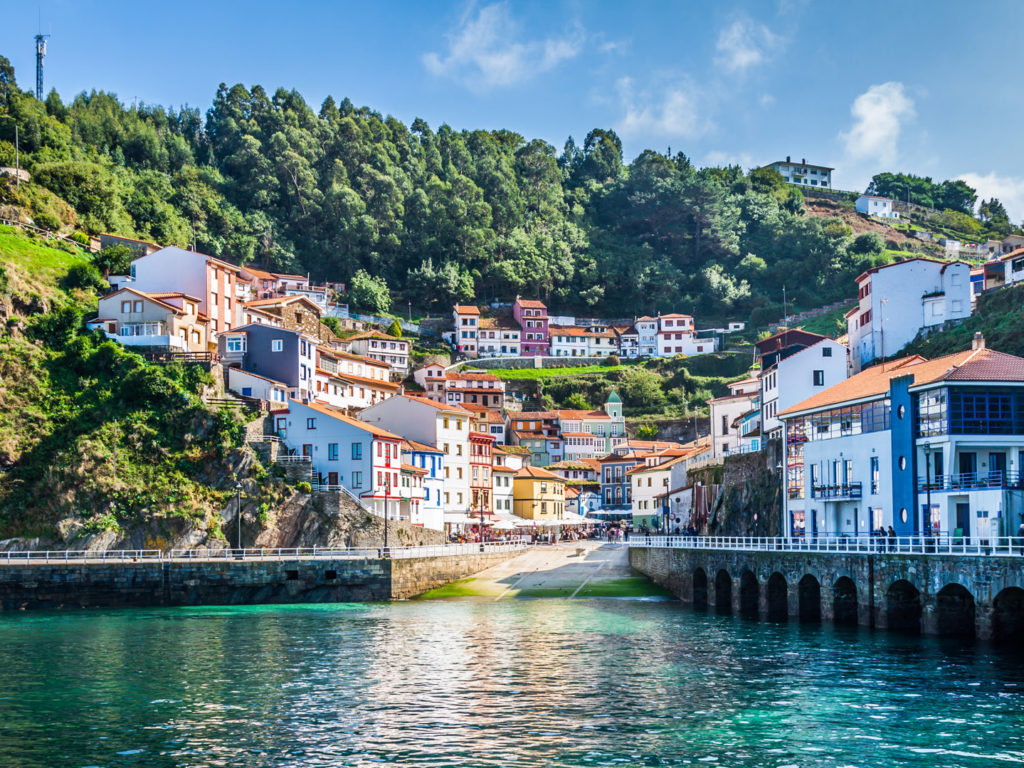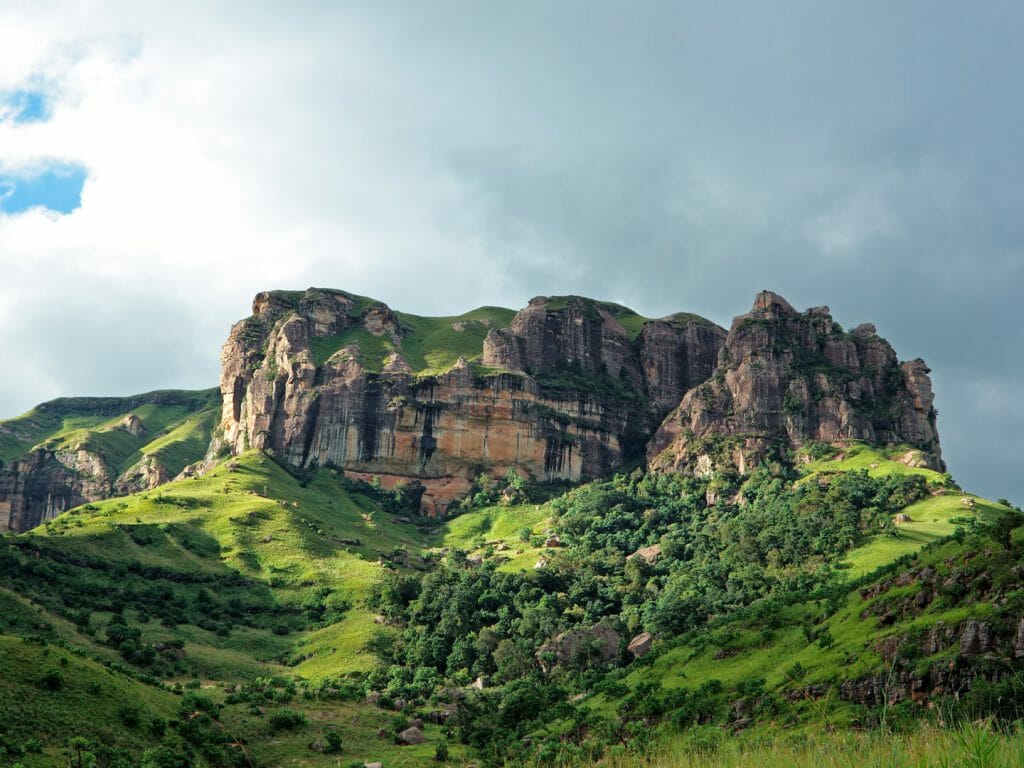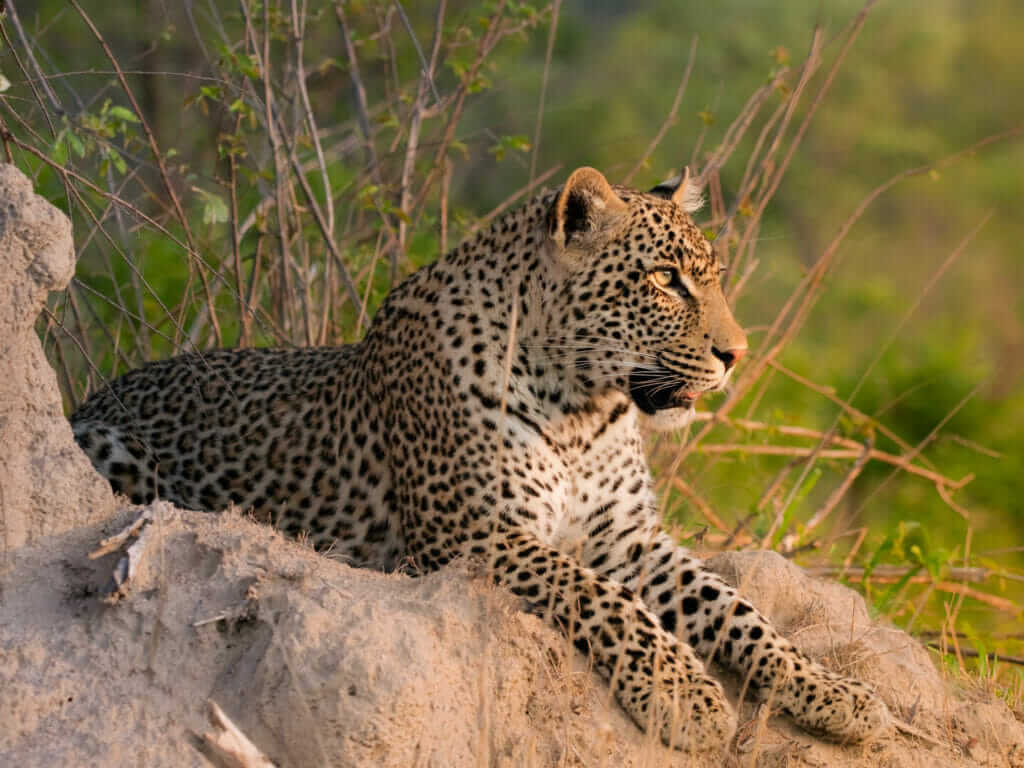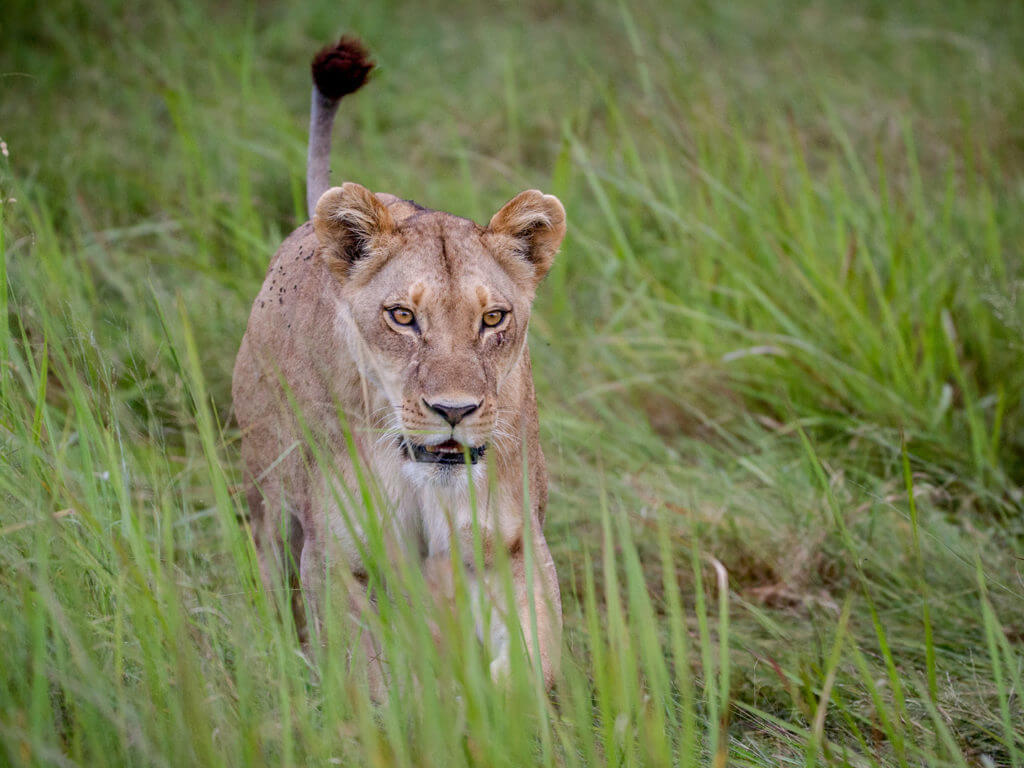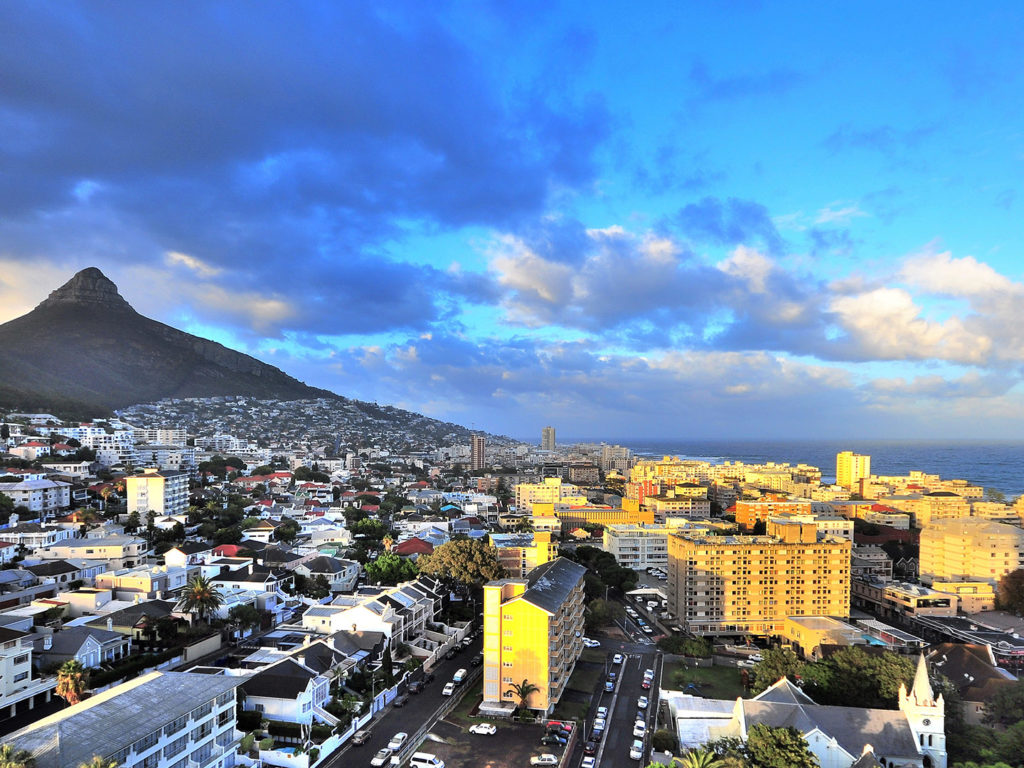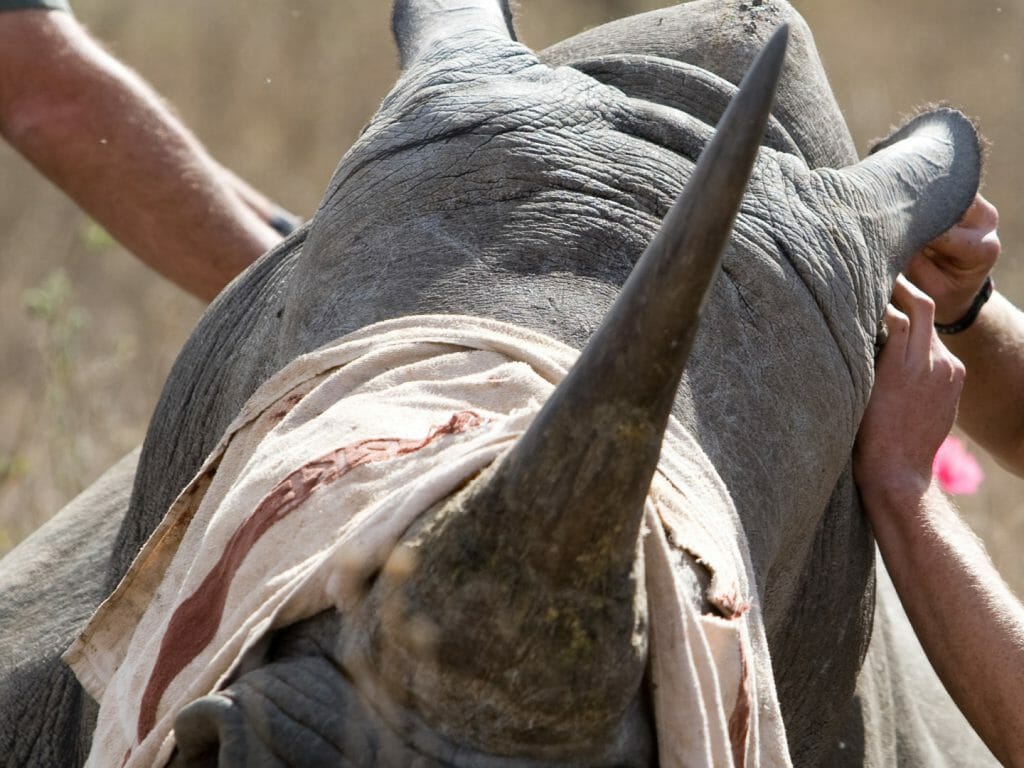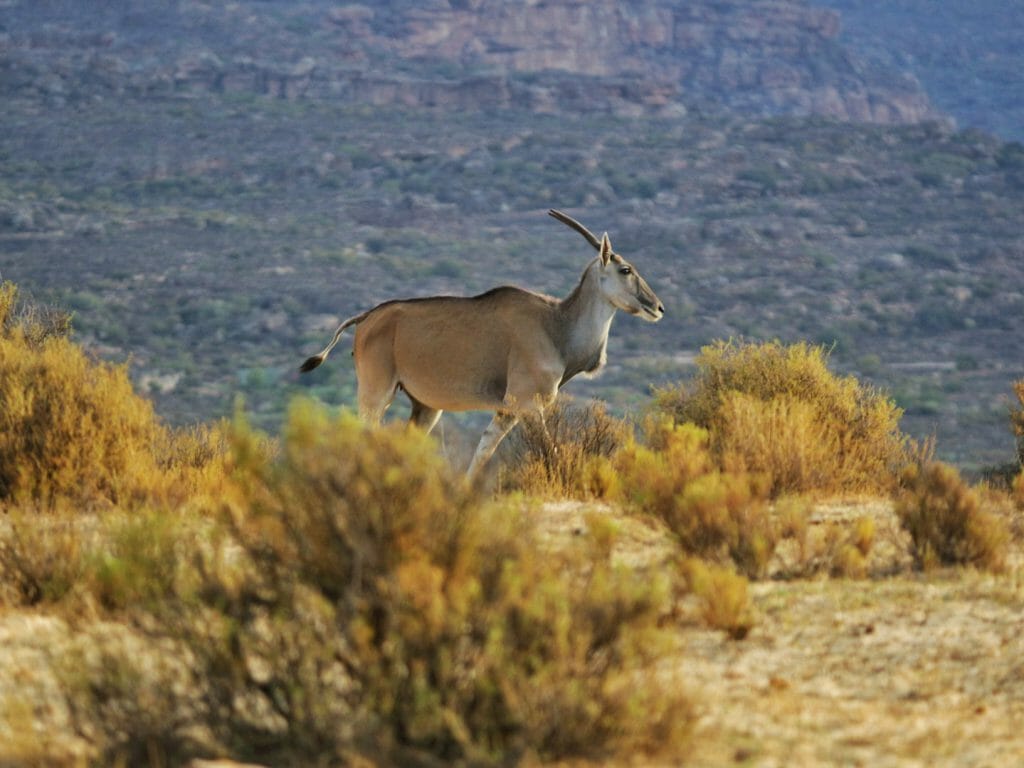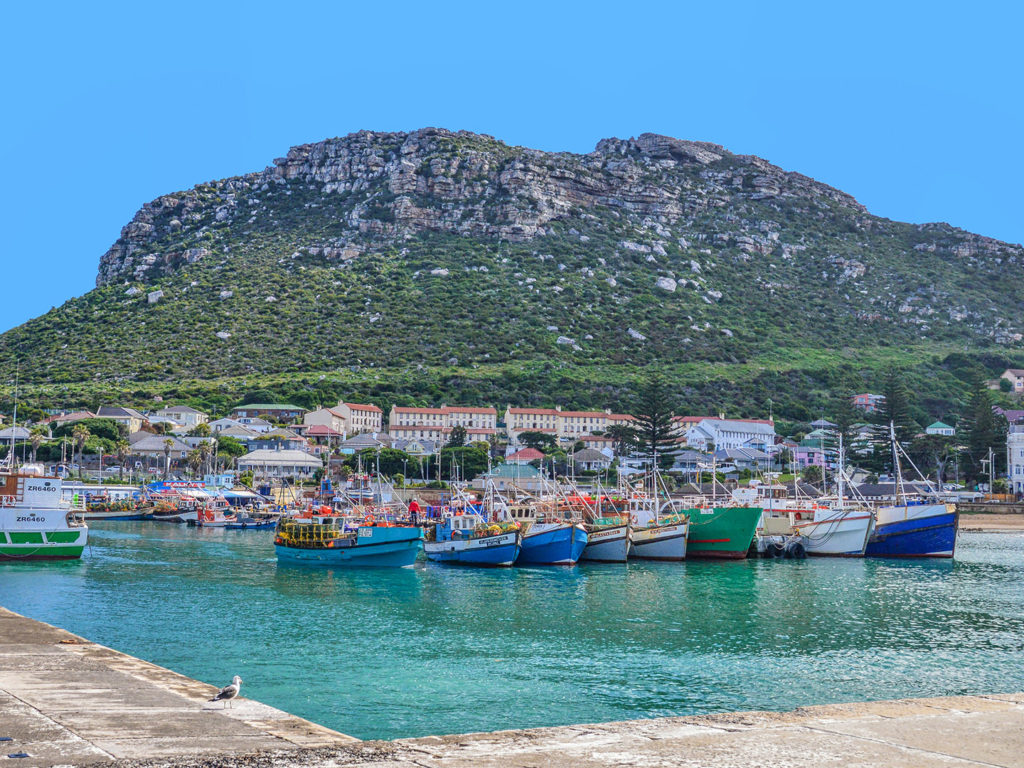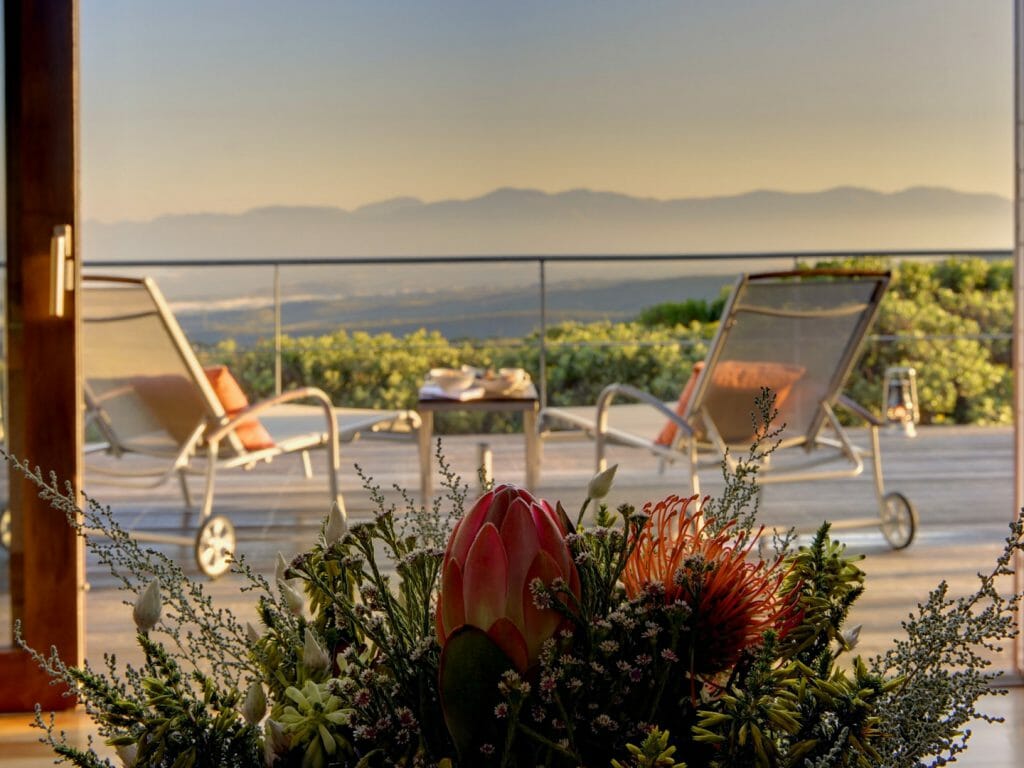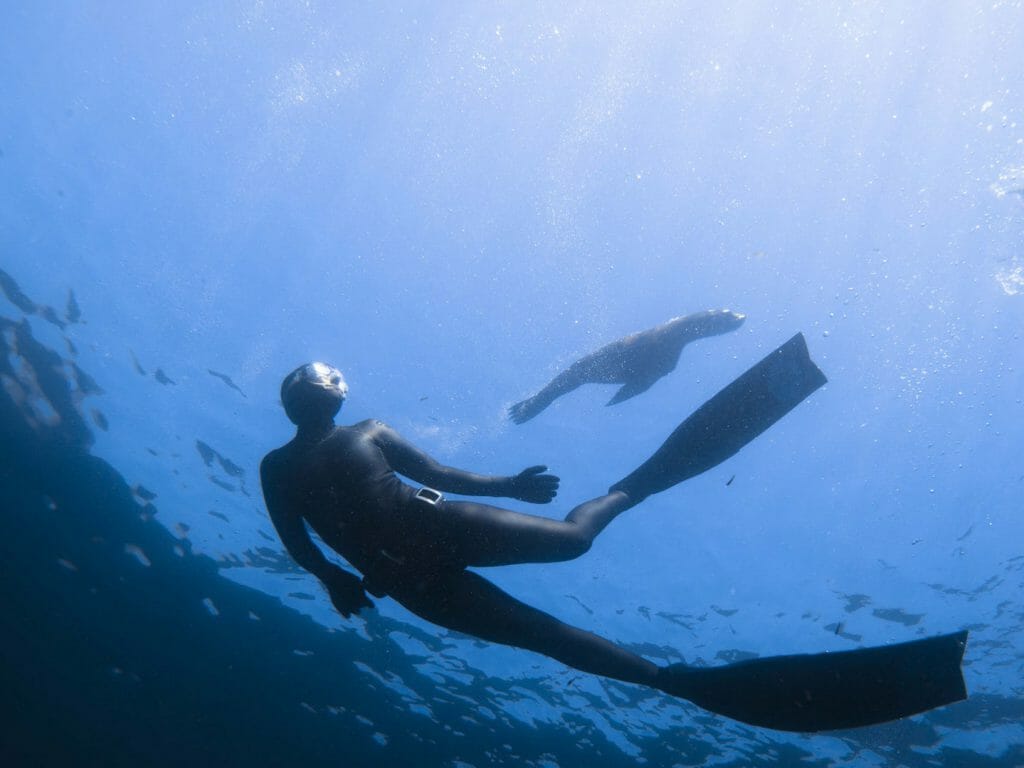“There are no Great Whites here. The water is too cold.”
I looked up at Chapman’s Peak unconvinced – in the next bay beyond the peak was False Bay where there are thousands of Great White Sharks, so much so that False Bay is known as the ‘Serengeti of the Seas’. Surely word had got on GrubHub, or the GWS equivalent, that there was food aplenty in Hout Bay. However, in the same way that you trust a ranger on safari implicitly, I trusted Hanli and Peter.
Hanli Prinsloo and Peter Marshall, South African world champion free diver and US world record holding swimmer, respectively, are seeking to challenge our preconceptions and get clients to reconnect with nature and in particular marine life and the oceans with their inspiring I Am Water Foundation. They do so in jaw-dropping dive sites around the world from the Maldives to Mexico to Mozambique. Now also in Cape Town.
As Hanli says, “Cape Town is an iconic city. One of the favourite cities in the world. Yet there is so much of it that we do not appreciate. So much of it that we do not get to appreciate. We are trying to change that by getting clients into the water.”
Hence my maladroit manoeuvres to get into a wetsuit in Hout Bay harbour. I note with envy that Peter and Hanli have an organic soap-based product to ease their transition from terrestrial mammal to mermaid/man. I clamber on board in ungainly fashion and feel very self-conscious as I sit on the side of the inflatable – neoprene is not a good look. I try to breathe in.
Duly briefed on what to expect, we taxi slowly out of Hout Bay harbour paying fleeting homage to the gangster seals of the harbour – so-named as this is their patch and that they are fiercely territorial about their watery ‘turf’. The gangster seals, like their terrestrial counterparts, have become fat from the cast offs they exist on.
We head out to the incongruously named Duiker Island. No small antelopes but thousands of Cape Fur seals crowding the sun-drenched 1,500 square metre rock. The smell, the sounds, the sight made me tingle with excitement. And it was not just on land – the ocean was boiling with activity. Seals of all shapes and sizes, swam, jumped and cavorted. Not all were frenetic: some lay on their backs with their fins resting on their stomachs or in the air.
“You know the reason why they put their fins in the air?” Peter asks.
My lack of immediate intuition gives Peter the go-ahead to continue.
“Because they use it to cool down. Can you believe that? There I am freezing my nuts off and they have to cool off.” How cold is the water?
I find out soon enough as I lower myself into the water and gasp as the cold seeps up my leg. I fully immerse myself, gasp again, and place my head underwater. In spite of the initial shock, it was not as cold as I thought and I quickly begin to enjoy the view.
On land, the seals are cumbersome and laughable. Underwater they are acrobatic and impressive. Aerobatic connoisseurs of the sea, they dart, race, dive, weave, twirl and somersault with a gay abandon that is bewitching to behold. Their balletic somersaulting belies their size. Their enthusiasm and exhilaration was infectious.
They are curious, intrigued by us and race right up to my mask. Some occasionally baring their teeth in play, most just staring eyeball to eyeball. On land their eyes are tiny but in water they are huge and all seeing. They have to be: they are predated upon by Great White Sharks, the apex predator of the sea. When the sun is overhead the seals are well aware of what is directly below them. Thus the Great White Sharks feed mainly in the early morning and late afternoon – the crepuscular equivalent of leopard – as the slant of the sun’s rays make it difficult for the seals to see what is below them. It won’t surprise you to learn that I was snorkelling with the seals at midday.
“Justin, come with me,” Hanli beckons.
I follow at some distance and with a distinct lack of speed – maybe Peter would just beat me in a race – to the kelp beds. Overgrown triffids of the seas, the kelp dances hypnotically to the beat of the swell. The sun dances in and out of the golden fronds of the kelp. A wonderful strobe effect.
“Take a deep breath, grab the kelp with one hand and work your way slowly down. Remember to equalise,” Hanli advises me.
I looked uncomfortable. Hanli nodded encouragement. I put my mask into the water, looked down and kicked down to grab a frond. I pulled myself down. I quickly ran out of air and returned to the surface getting caught up in the forest of kelp above me.
“Slower,” was Hanli’s sage advice.
I try again. Heeding Hanli’s counsel, I lower myself hand over hand, alternating between equalising. The change of technique was transformative and I make it to the bottom. I stare up at the ebb and flow of the forest above me. It was magical. It was wonderfully therapeutic. Until I ran out of air and realised that I was many metres below the surface. I would race to the surface and in so doing surprise the living daylights out of an unsuspecting seal.
Every now and again, I would pull my head out of the water to readjust my mask to see a seal leaping in the air against the backdrop of Cape Town’s impressive massifs. My heart would soar.


